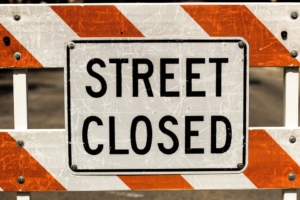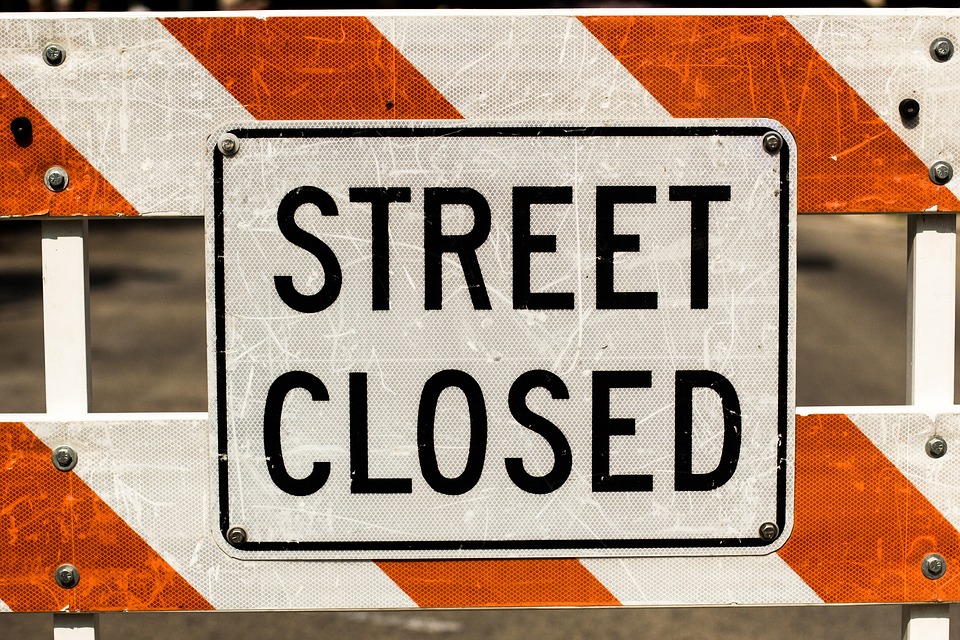
TIGER grants (from the Transportation Investment Generating Economic Recovery program) have been essential to funding America’s transportation projects since 2009. Under the Trump administration’s proposed budget, however, the U.S. Department of Transportation, which administers the TIGER program, would see its overall funding slashed by 19 percent, which could affect grant funding. In fact, the budget requests no new funding for TIGER grants, which currently offer $500 million in discretionary funds to state and local governments. This begs the question – is the administration supportive of infrastructure reform – or not?
 The TIGER transportation funding cut does not come as a total surprise because in 2017 the Trump administration also suggested zero funding for the program. When that happened, Congress simply ignored the President and approved the funding. The first grants of 2018 were released last week and became a pressing reminder of the desperate need for funding of U.S. roadways. It is important to note though that change is in the wind. Not everything said is what is being done. This is important enough to warrant intense scrutiny.
The TIGER transportation funding cut does not come as a total surprise because in 2017 the Trump administration also suggested zero funding for the program. When that happened, Congress simply ignored the President and approved the funding. The first grants of 2018 were released last week and became a pressing reminder of the desperate need for funding of U.S. roadways. It is important to note though that change is in the wind. Not everything said is what is being done. This is important enough to warrant intense scrutiny.
Here’s what is important to remember:
- Since the TIGER grant program was first created, $5.1 billion has been awarded for capital investments in surface transportation infrastructure. The funding is awarded through competitive efforts and is responsible for a majority of infrastructure upgrades throughout the country.
- The Senate Appropriations Committee in July 2017 approved a bill recommending $550 million for TIGER grants in FY2018, $50 million more than the FY2017 funding level. The new budget could change that.
- 21 percent of all U.S. highways have poor pavement conditions, which costs U.S. motorists $120.5 billion in vehicle repairs per year – not to mention factoring in the cost of time spent idling in traffic congestion.
- The U.S. has an $836 billion backlog of highway and bridge capital needs. Infrastructure is linked to the country’s global leadership status.
- The Federal Highway Administration estimates that each dollar spent on road, highway and bridge improvements returns $5.20 in economic stimulus.
There have been many successful past TIGER Grant projects. A few examples follow:
Prior to receiving a TIGER Grant, US 491, the primary highway in northwest New Mexico, experienced fatality rates that significantly exceeded the state average. In fact, they were two to three and a half times greater than the average. In 2011, the project received a $31 million TIGER grant to add two additional lanes and separate north-south traffic on the corridor. The funding also allowed for additional turn lanes, improved intersections and added signage and drainage facilities. The project is still in progress but the area has already seen a huge decrease in fatalities.
In 2012, the Chicago Region Environmental and Transportation Efficiency Program (CREATE) received a $100 million TIGER grant which it leveraged along with state and local funding to restructure, modernize and expand existing rail facilities. This project added capacity and reduced delays for trains and motorists. It also improved roadways and sidewalks improving mobility while creating jobs and jolting the local economy in a significant way.
Many opportunities and upcoming projects will flounder without TIGER Grant funding. One such project is the Hightower Road Corridor which has been notoriously unsafe. Mississippi State University received a $7 million TIGER grant to rebuild the corridor. The redesign includes a north-south passage that incorporates sidewalks, bike lanes, transit shelters, traffic signal improvements and street lighting on the eastern perimeter of the university campus. All of the renovations will be Americans with Disabilities Act compliant and fatalities will diminish immediately.
The South Beltway project in Lincoln, Neb., received $25 million from the Tiger Grant program. The proposed project will construct a new 11-mile, east-west freeway to link Highway 77 and Highway 2. It is desperately needed to improve the area’s east-west connectivity and decrease conflicts between local and through traffic. The total projected cost of the project is $297.315 million and TIGER funding is essential.
Fort Smith, Ariz., is scheduled to receive $8,527,893 to replace three rail bridges. The timber trestles of two bridges are quickly approaching the end of their lifespan and the bridge is dangerous to cross. This funding will allow replacing the trestles as well as renovating these bridges and improving the structural components of a third bridge over the Arkansas River.
The U.S. Department of Transportation previously awarded Carson City, Nev., a $7.5 million grant. The funding will be designated to fund a redesign of South Carson Street. The downtown portion of the project was completed in 2016 but the remaining two portions have been stalled waiting for additional funding. The project is designed to improve pedestrian safety and enhance mobility for commercial and business access. The total cost of the project is $12.5 million.
The Alabama State Port Authority received a $12.7 million grant to convert an abandoned bulk handling facility at the Port of Mobile into a roll-on, roll-off mobile vehicle processing facility. The port is one of the fastest growing harbors in the nation and needs the upgrades. The project adds much-needed capability to the region. The total cost of the project is estimated at $60 million and if the federal funding comes in, the port has secured other funding to complete the project.
What a shame it would be to see all these projects in a dead-stop position. What can the thinking be to ignore the nation’s infrastructure and to de-fund a program that has provided the predominant transportation funding over the past decade?
This is a question that every citizen and taxpayer should ask the men and women who represent them in Congress.
